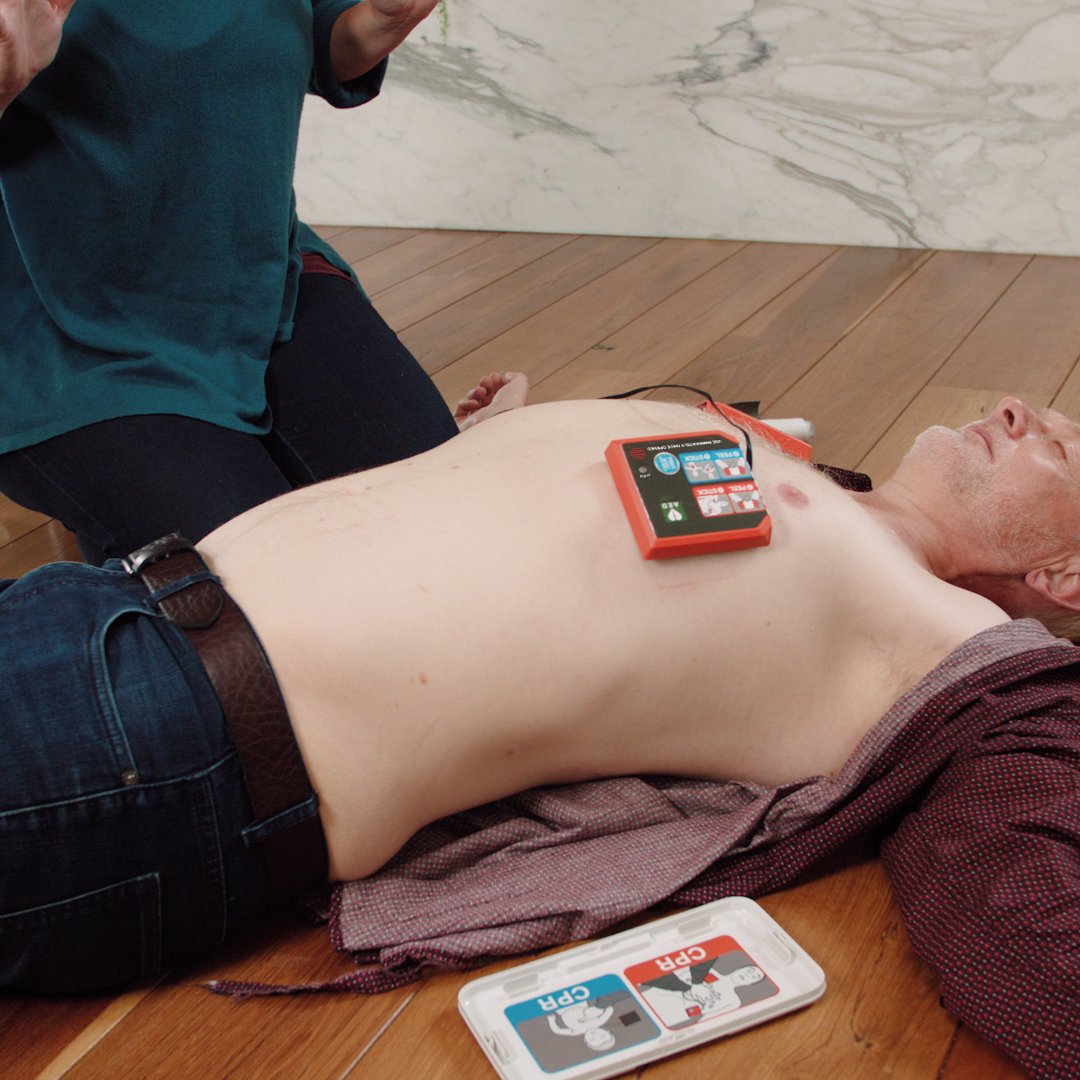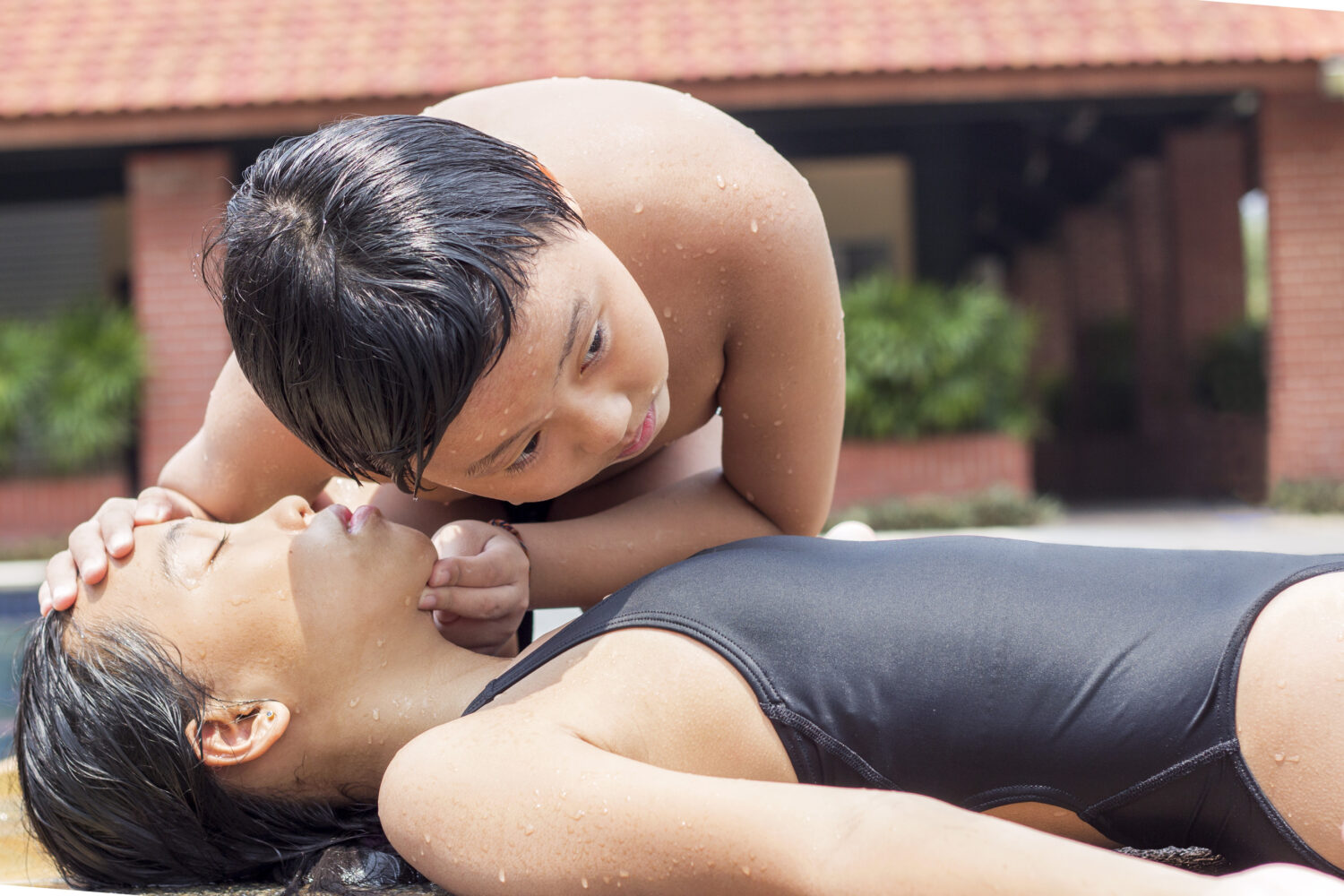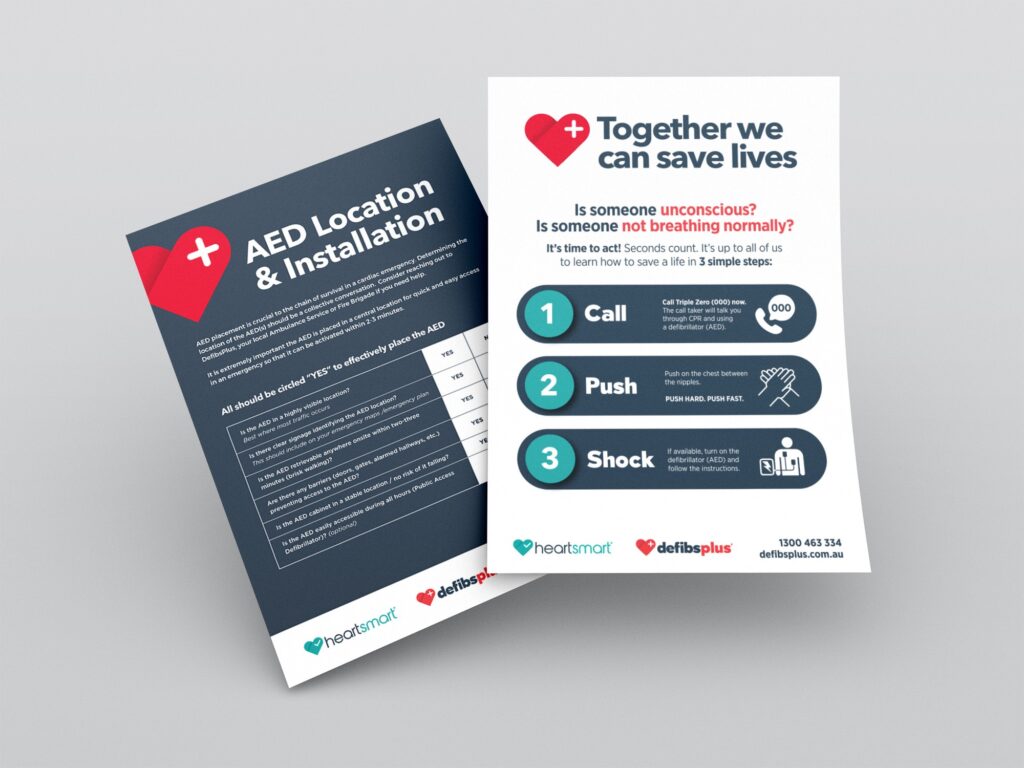

All over Australia and the world, there’s an increasing recognition that AEDs (automatic external defibrillators) should become part of the standard First Aid kit for offices, gyms, hotels, factories and other workplaces. Here are some of the most frequently asked questions about defibrillators in the workplace to address common concerns and issues around this essential, lifesaving equipment.
Although AEDs have become more affordable in recent years, some businesses are still hesitant about this expense. The reality is that about 30,000 sudden cardiac arrests (SCA) happen away from hospitals in Australia every year. These cardiac arrests occur in the workplace, at home or at the shops and have a tragically high death rate of 90%. To reduce this high death rate, we need to ensure all SCA patients receive immediate bystander CPR and rapid defibrillation from an on-site AED, as defibrillation is the only way to reset the heart into a normal pumping rhythm.While the recent COVID-19 pandemic has seen more people working from home, the long-term view is that we’ll go back to spending a significant amount of time in the workplace, so it’s important to be prepared.
In any medical emergency, including a SCA, it is essential to immediately call emergency services. However, the reality is that an ambulance is very unlikely to reach a SCA victim in time to save their life. A SCA victim needs their heart rhythm to be reset quickly, while it remains in a shockable rhythm,using an electric shock from a defibrillator. For every minute without effective bystander CPR, the chances of a successfully defibrillation and survival decrease by 10%. As the average ambulances response time in Australia is 8 minutes or more, the need for onsite AEDs is evident. Most SCA victims will not survive if they don’t receive immediate bystander CPR and rapid defibrillation, as a result their survival relies on the actions of people nearby.
A SCA can happen to anyone at any time, regardless of their age, gender, fitness or any other factor. You can identify a person having a cardiac arrest by looking for the following signs – sudden collapse, no pulse, not breathing normally and a lack of responsiveness. If a person is having chest pain, get them to sit still and call the emergency services. Have an AED at hand, so if the person deteriorates you can quickly place the Pads on their chest and allow the AED to assess their heart rhythm and defibrillate them if required.
No – both individuals and businesses are protected from legal prosecution when using a defibrillator, doing CPR or otherwise assisting a person in a medical emergency by Good Samaritan Laws. These laws are designed to fully protect you regardless of whether or not you have any First Aid or medical training, and are designed to encourage bystanders to act in SCA situations.
AEDs were specifically designed to be used by members of the general public and employees with no medical training at all. They are very straightforward and safe to use, using a combination of voice prompts and visual instructions to lead you through the process. The AED will not supply a shock unless a shockable rhythm is detected and they give you a warning not to touch the patient before the shock is applied. However, AED training is still recommended for businesses purchasing an AED. Training will provide the answers to any questions you or your team may have, allows you to practice using a trainer for the exact model AED you will have on site, and gives your team the confidence to act quickly if an emergency situation occurs.
AEDs, like the rest of your First Aid equipment, should be kept somewhere that is accessible and visible, with clear signage. It should not be stored in a locked cabinet, private office or desk. As part of your in-office training, each person should be made aware of where the AED is kept, the situations where an AED is needed, and how to use the AED. This will help ensure the most rapid response possible in an emergency. You should also ensure the defibrillator is serviced and maintained as needed.
The team at DefibsPlus can supply you with an affordable, high quality AED for your workplace as well as access to bystander CPR and defibrillation training for your team. In addition to defibrillators, we also supply replacement parts, defibrillator storage solutions, COVID-19 kits for businesses and more. Contact us today for more information.





Interested in ordering defibrillator products or training for your organisation? Fill in the form below and a member of our sales team will contact you as soon as possible. Thank you for your interest.

| Resources | Are you COVID-19 safe?, COVID-19 CPR & Defibrillation, Call, Push, Shock, CPR Rapid Action Plan, Chain of survival, How to use an AED, Helpline Support, GoodSAM App, Heart Smart Program, FAQ, AED Checklist, AED Checklist, AED Policy & Procedures, AED Maintenance Checklist |
|---|
